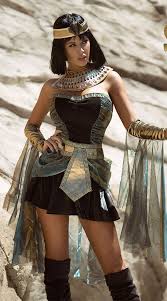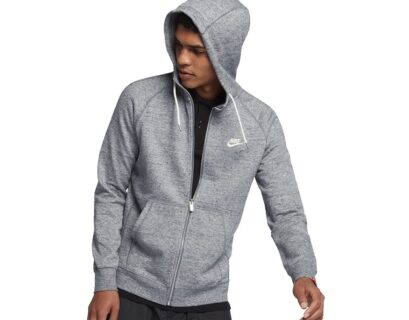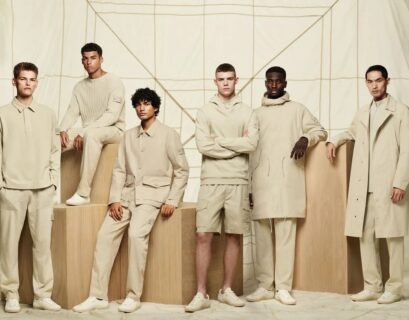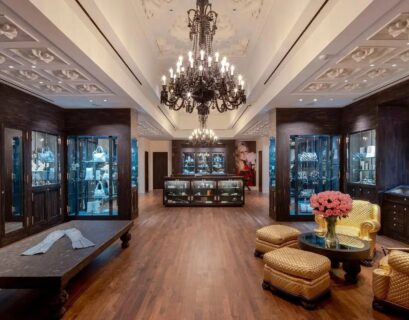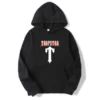Egyptian culture has long fascinated people across the globe, with its rich history, grand architecture, and iconic imagery. One of the most recognizable aspects of ancient Egypt is its clothing and adornments. Inspired by the majestic pharaohs, regal queens, and mythical gods, Egyptian costumes have become popular choices for costume parties, Halloween events, historical reenactments, and even theatrical performances. This article delves deep into the history, symbolism, styles, and accessories of Egyptian costumes, offering insights on how to recreate these timeless looks for modern-day occasions.
The Appeal of Egyptian Costumes
The allure of Egyptian costumes lies in their combination of elegance, mystique, and cultural significance. Ancient Egyptians were known for their sophisticated and symbolic attire, designed to reflect their social status, religious beliefs, and connection to the divine. Whether portraying a pharaoh, a queen, or a deity, wearing an Egyptian costume provides an opportunity to embody the grandeur and mystery of one of the world’s most fascinating civilizations.
Egyptian-themed costumes remain a popular choice for people seeking something unique, regal, and historically significant. The rich symbolism behind the clothing, accessories, and colors allows individuals to make a powerful statement at costume events. Additionally, Egyptian attire is relatively easy to adapt to modern styling while retaining its historical charm.
Historical Overview of Egyptian Fashion
To understand the beauty and complexity of Egyptian costumes, it’s essential to grasp the historical context of ancient Egyptian clothing. Egyptian fashion was both functional and symbolic, heavily influenced by the climate, social hierarchies, and religious practices of the time.
- Simple Yet Elegant: Ancient Egyptians lived in a hot, desert environment, which dictated their choice of materials. Linen, made from flax, was the most common fabric used in clothing. It was lightweight, breathable, and ideal for the scorching heat. Both men and women wore linen garments, which ranged from simple tunics to more elaborate robes, depending on their social status.
- Gender-Neutral Styles: While Egyptian clothing was distinct for men and women, there were many similarities. Both genders often wore a basic garment called a “kalasiris,” a sheath-like dress that varied in length. Men’s garments were typically shorter, often ending at the knees, while women’s clothing extended to the ankles. The social elite, particularly royalty, adorned themselves with more elaborate designs, incorporating pleating, embroidery, and jewelry.
- Symbolic Colors: In ancient Egypt, color was highly symbolic. White, the color of purity, was a popular choice for linen garments. Gold, often associated with the gods and eternal life, was used in accessories and decoration for royalty. Blue and green symbolized fertility and rebirth, while black represented the fertile soil of the Nile and the concept of regeneration.
- Religious Significance: Egyptian fashion was closely tied to religious beliefs. Pharaohs and priests wore clothing and accessories that symbolized their connection to the gods. The use of specific materials, colors, and designs often reflected divine protection, power, and authority.
Key Elements of Egyptian Costumes
When creating or purchasing an Egyptian costume, there are several key elements to consider. These components help capture the essence of ancient Egyptian attire and contribute to an authentic and striking look.
- Tunic or Dress: The foundation of an Egyptian costume is the tunic or sheath dress, typically made from linen or a linen-like fabric. For men, this garment is often a short tunic that wraps around the waist, resembling a kilt. For women, a long, flowing dress with shoulder straps or a sleeveless design captures the classic look of ancient Egyptian women.
- Shendyt (Men’s Skirt): The shendyt is a wrap-around kilt worn by men, particularly by soldiers, pharaohs, and noblemen. It was typically pleated and tied around the waist, often adorned with a belt or sash. It was a functional garment designed for ease of movement and symbolized status in society.
- Nemes Headdress: One of the most iconic elements of Egyptian costumes is the nemes headdress, famously worn by pharaohs. This striped headcloth, often depicted in gold and blue, draped over the head and shoulders, symbolizing the authority and divinity of the ruler. A modern version of the nemes can easily be recreated with a striped cloth or fabric, making it a must-have accessory for anyone dressing as a pharaoh.
- Khol and Makeup: No Egyptian costume is complete without makeup, particularly the dramatic black eyeliner known as “khol.” Both men and women in ancient Egypt used khol to define their eyes, creating an almond-shaped outline that not only served as a beauty enhancement but also had practical benefits, such as protecting the eyes from the sun. A bold application of eyeliner, combined with gold or blue eyeshadow, completes the look.
- Collar Necklace (Wesekh): Ancient Egyptians were known for their elaborate jewelry, particularly their broad collar necklaces, known as “wesekh.” These necklaces were worn by both men and women and were often made of gold or colorful stones, symbolizing wealth and power. Modern Egyptian costumes often feature large, statement necklaces that mimic the look of the wesekh, adding a regal touch to the outfit.
- Arm and Wrist Cuffs: Gold cuffs worn on the wrists and upper arms were common accessories for Egyptian royalty. These cuffs were typically engraved with symbols of power, such as scarabs or hieroglyphics. Today, simple gold or metallic cuffs can easily replicate the look.
- Footwear: Egyptians generally went barefoot, especially in their own homes or when working in fields. However, sandals made from papyrus or leather were worn on special occasions or by the wealthy. For a modern Egyptian costume, simple sandals will work well, or you can go barefoot for a more authentic look if the setting allows.
Choosing the Right Egyptian Costume
When selecting an Egyptian costume, it’s important to consider the occasion, level of authenticity, and comfort. Here are some tips to help you make the best choice:
- Select Your Character: Decide which Egyptian figure you want to embody. Do you want to dress as a powerful pharaoh like King Tut, a legendary queen like Cleopatra or Nefertiti, or a divine figure like Anubis or Isis? Each character has distinct attire and accessories, so knowing who you want to represent will guide your costume choices.
- Choose Between Pre-Made and DIY Costumes: Pre-made costumes are widely available and can save time, but they may not always offer the level of detail or quality you’re looking for. If you’re feeling creative, consider crafting your own costume using simple materials like linen fabric, jewelry pieces, and handmade props.
- Accessorize Thoughtfully: Accessories can make or break an Egyptian costume. Focus on key pieces such as the nemes headdress, collar necklace, and gold cuffs to elevate your outfit. If you’re on a budget, select a few statement accessories rather than overwhelming your look with too many details.
- Consider Makeup and Hair: To complete your look, don’t forget the importance of makeup and hairstyling. Khol eyeliner, bronzed skin, and bold lips are essential for an authentic Egyptian look. If you’re going as Cleopatra or another queen, consider using a black wig styled in a blunt bob with bangs for an iconic finish.
Conclusion
Egyptian costumes offer a timeless and captivating choice for any costume event, allowing individuals to channel the elegance, power, and mystery of ancient Egypt. With the right combination of clothing, accessories, and makeup, you can create a striking ensemble that stands out. Whether you choose to portray a royal figure, a deity, or a historical figure, Egyptian costumes provide endless opportunities to explore ancient history while expressing your unique style.

